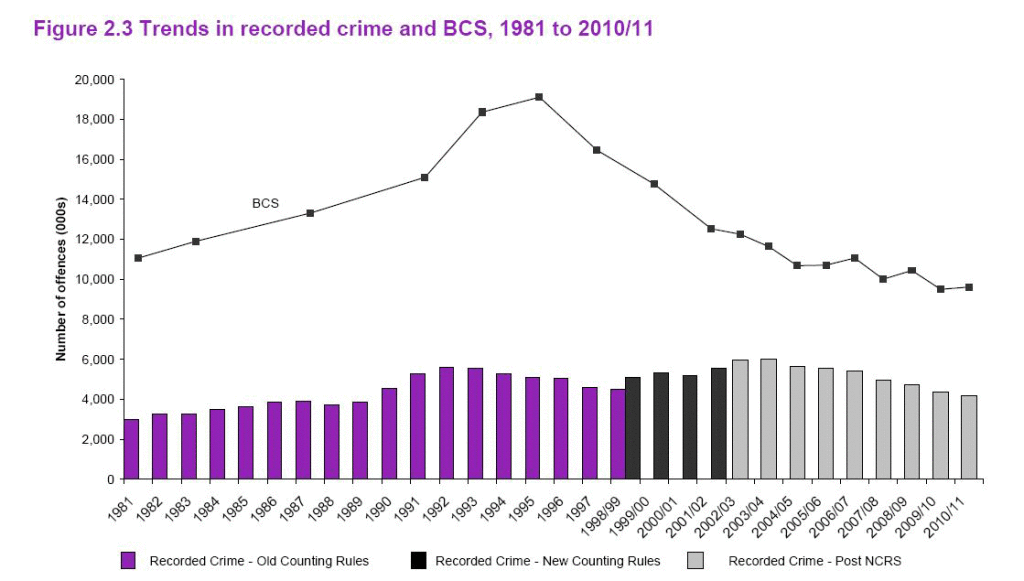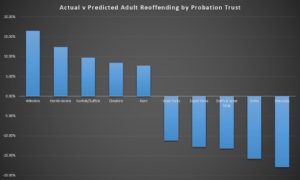Sometimes one person stands up against a revolution.
Thirty years ago, on 23 February 1981, 200 armed officers of the Civil Guard burst into the Spanish parliament, intent on a coup. The defence minister, Manuel Gutierrez Mellado, immediately confronted the coup leader. Undaunted by pistol and machine gun fire which sent everyone else diving for cover, he remained on his feet, hands on hips, the epitome of machismo. Mellado resisted attempts by the coup leader to wrestle him to the ground and returned with dignity to his seat.
The state TV cameras were running at the time and this historic moment was captured for posterity; in this clip you can see that Mellado’s bravery was not exaggerated in the telling.
Eight years later, on 5 June 1989, a lone Chinese man stood in front of a column of moving tanks in Tiananmen Square, continually moving into their path as the Chinese Government set out to crush protests for economic and political reform.
I have recently come across one stubborn fact which might also face down the payment by results revolution on its own.
The rationale for PbR is that by focusing on outcomes, the Government ensures that public money is only spent on effective interventions which successfully tackle entrenched social problems. If providers fail to deliver the negotiated results, the Government does not have to pay. If providers succeed, then the Government can afford to pay the success premium because it will have made substantial savings.
In the case of reducing re-offending initiatives, like the One project (which provides a resettlement service to prisoners released from HMP Peterborough and is funded by a Social Impact Bond), the savings are made through not having to process repeat offenders through the criminal justice system. By far the biggest saving is the cost of imprisonment (approximately £45,000 per year). If PbR schemes are rolled out as planned in 2015, the Ministry of Justice expects to be able to fund them out of the savings made by shutting down prisons. The logic seems impeccable: by reducing offending, you reduce the need for prison beds and make big savings.
Unfortunately, history tells a different story.
In the last sixteen years up until 2011, (when there was a small increase), crime figures fell consistently and sharply – by over 7 million offences per year.
During the same time, the prison population headed steadily in the opposite direction, reaching 87,573 on 28 October 2011.
So, we have less crime but many more people in prison
There are a number of reasons for this – a substantial increase in the number of lifers from 4,000 in 2000 to over 13,200 in 2010 and the introduction of indeterminate sentences of imprisonment for public protection (IPPs) – who totalled 6,550 on 31 March 2011.
However, the underlying reason is the political battle between the two major parties (apologies to all Lib Dems) over which can wear the mantle for being toughest on crime, a contest which was kickstarted by the Labour Party’s election promise in 1997 to be “tough on crime and tough on the causes of crime”. Over the last 14 years it has been politically impossible to refocus the criminal justice system on rehabilitation – just witness what has happened to Ken Clarke when he tried to achieve this over the last 18 months. The latest in a number of setbacks took place last week – as soon as he announced that IPPs will be scrapped, he is forced into agreeing to mandatory custodial sentences for juveniles carrying knives and mandatory life sentences for crimes other than murder.
In other words, however successful PbR initiatives prove to be at cutting reoffending, it is unlikely that we will see a substantially smaller prison population in the near-medium future.
The coalition government has already decided to shut down 93 Magistrates’ and 49 county courts. Her Majesty’s Inspectorate of Constabulary estimated that there will be 35,100 fewer police staff at the end of the four year Comprehensive Savings Review period (including 16,200 fewer offices and 1,800 fewer PCSOs). The MoJ’s only realistic way of making substantial savings to pay for PbR schemes is by closing prisons. However, its own recent projections suggest that prison numbers will be in the range of 83,100 – 94,800 by 2017.
The attempted revolution which Mellado stood up to in Spain was over within 36 hours. but the resistance of the un-named hero of Tiananmen Square had no effect of the Chinese authorities’ crackdown.
What effect will the political nature of imprisonment have on the PbR revolution?
[For detailed information on who is in our prison system, see the Prison Reform Trust’s Bromley Briefings – a free national resource which is updated regularly.]










4 Responses
I spent last night talking to a prison colleague and he had a firm belief that crime went down because of a rising prison population – spookily co-incidental!!
Excellent post.
See my article in addiction today (shameless advertising I know!!)
http://www.addictiontoday.org/addictiontoday/2011/10/commissioning-recovery-coherent-picture.html
Civil servants in the Ministry of Justice, Home Office and Cabinet Office are fully aware (or at least they were in 2009) that reducing reoffending only saves the taxpayer serious money if you also reduce the prison population. But the political machine of criminalisation and incarceration just keeps rolling.
Some interesting points here, highlighting that – where criminal and community justice is concerned – arguments properly substantiated by evidence often play second fiddle to perception and prejudice.
Russell, your figures of crime falling in reality should be contextualised by the looking at what the British Crime Survey (BCS) says about popular perceptions. The BCS for 2009/10, for example, indicated that two thirds of the population believe that crime has increased across the country in recent years (the evidence about sustained falls in crime notwithstanding). Often these arguments are about pereception rather than evidence and sustained logical arguments. Garland’s work has explored the process by which the USA and UK have developed into societies which increasingly embrace harsher punishments, regardless of whether actual crime rates are rising.
Much of our current political and popular culture depicts individual offenders as ultimately personally culpable for their offending, rather than understanding offending as related the context of the social and economic structure within which they live. This may be linked with the tendency to punish which is so often articulated by populist politicians.
If we accept that the real driver powering PbR is primarily ideological(some will disagree) and reflects a deeply ingrained belief that private provision is a more efficient, effective and profitable way to run our society and provide public services, this helps explains why it is being pushed so strongly by the current government.